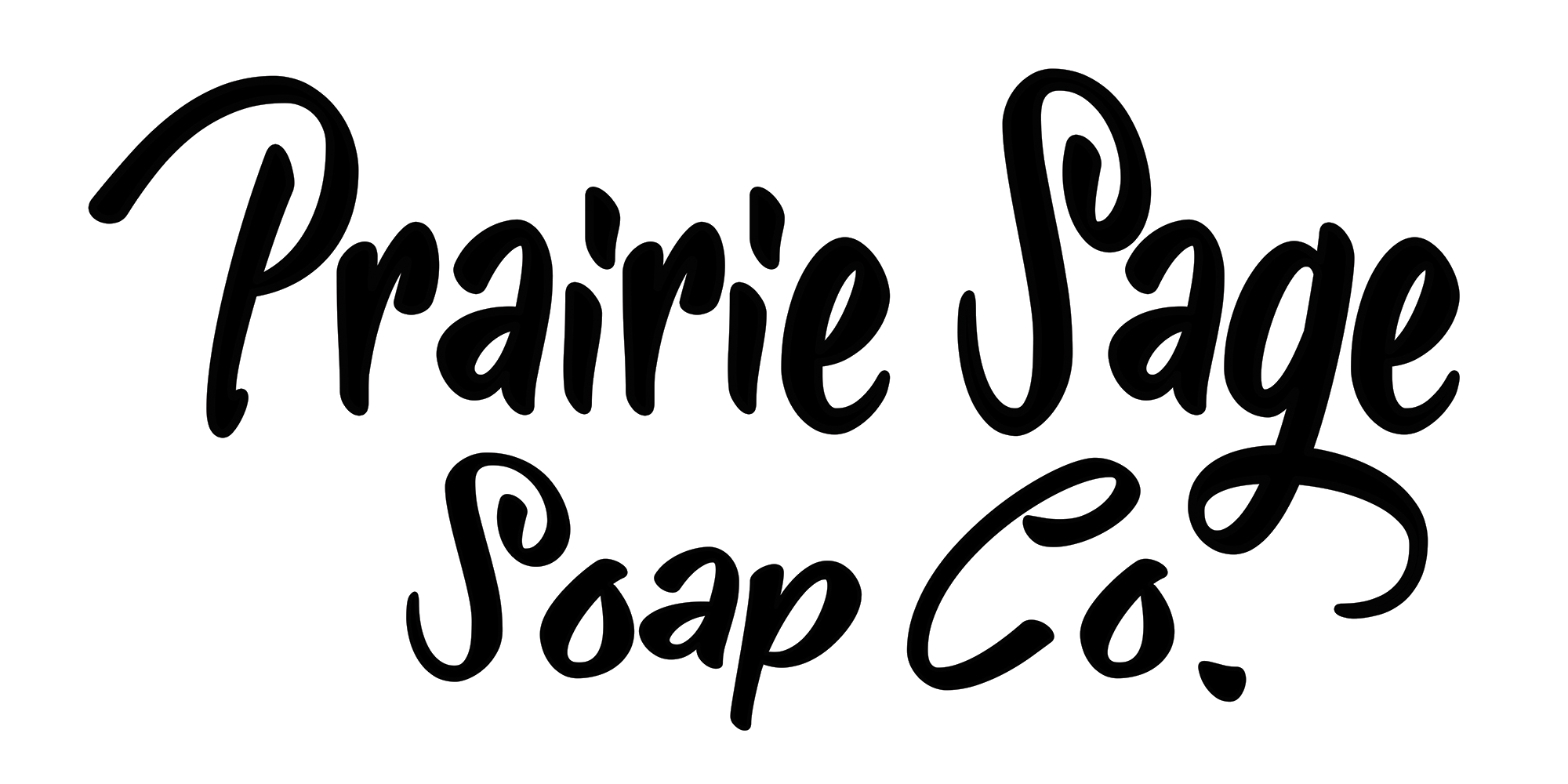Soap is something that just about everyone uses at some point during the day. It’s also something that people have used for a long time throughout history.
From ancient times to the modern day, soap has been part of our lives. So, where did the idea for soap come from? How was it made back in the day?
Keep reading for answers to these questions and a complete history of soap making through the ages.
The Oldest Soap Recipe Is Almost 5,000 Years Old
Ancient Babylon in southern Mesopotamia was home to the earliest evidence of people making soap for cleaning. A piece of Sumerian clay containing a soap recipe was found in the area and dated to about 2,800 BC.
Early Babylonians combined wood ash and oil to create a soap-like mixture for washing clothing.
Ancient Egyptians also made soaps. The Ebers Papyrus, an Egyptian medical text from about 1550 BC, contained a soap recipe.
The ancient Egyptian recipe used animal fats and vegetable oils combined with soda ash to make soap.
While ancient civilizations had recipes for soapmaking, we don’t know how common soaps were in the typical person’s daily routine.
For example, ancient Egyptians and Romans bathed frequently but mostly used oils and herbs for cleansing.
Soap May Get Its Name From a Hilly Region in Rome

Early Romans didn’t use soap often but may have created the name. The earliest mention of the word “soap” appears in Historia Naturalis, written by Pliny the Elder in 77 AD.
The book was written in Latin and mentions using “sapo,” Latin for soap. The name may come from the possibly fictional Mount Sapo in Rome.
Early Romans sacrificed animals at altars on Mount Sapo. The animal fats would combine with burnt ash to create a soap-like mixture. The mixture would run down the slopes to a nearby stream. Locals used the clay from the stream to wash clothes.
Early Soap Manufacturing Starts in Europe
Soapmaking was a profession in medieval Europe, starting around the 6th century. By this point, soapmakers in Naples had their own guild. Soapmakers also became more common in Spain over the next couple of centuries. Italians and the Spanish used a combination of goat fat and beech tree ash to create soap.
In the early 1200s, soapmaking reached England. Most of the soap until this period was made with tallow or animal fats. Around the late 13th century, soapmakers started to use olive oil in their soap formulas.
Soap was becoming more popular throughout Europe, which came close to causing a shortage of tallow for candle making. This increased the popularity of olive oil-based soaps.
Soap also became taxed as a luxury good. By the 16th century, only the elite could afford soap. Luckily, that started to change thanks to a combination of scientific breakthroughs and industrial development.
Soapmaking Enters the Modern Era With the Industrial Revolution
In the 1700s, the introduction of new machines and factories helped soap-making businesses produce soap on a larger scale. This also allowed soapmakers to refine their recipes and learn more about their craft, resulting in several important discoveries.
First, Nicolas Leblanc figured out how to create alkali using common salt. Previous methods involved extracting alkali from potash salts, which require more work and higher costs.
Then, in 1807, Andrew Pears released the first transparent soap – Pears Soap. However, the soap industry remained heavily regulated, especially in England, where a soap tax was still in place.
The tax was finally repealed in 1853, paving the way for cheaper soaps and more competition from smaller manufacturers.
Around this time, there was also a big push for better hygiene. People were starting to discover the health benefits of frequent cleaning using more than just water.
Liquid Soap and Bar Soap Appear in the 19th Century

More businesses entered the soap industry in the 19th century, including Benjamin T. Babbitt. Babbitt introduced the first hard bar of soap. Before bars, soap was sold as a paste or powder.
Some of the biggest companies in the health and beauty industry got their start during this era. Procter & Gamble and Colgate started as soap companies in the United States in the first half of the 19th century.
In 1886, William Hesketh Lever and James Lever founded the Lever Brothers company, which became Unilever–the world's largest soap company.
Continuous Process for Large Commercial Soapmaking
Up until the 1930s, soap manufacturers relied on a soapmaking method that involved boiling batches of tallow or animal fats. This process would take days.
Things changed when manufacturers developed a new continuous method. It involves splitting the natural fat into glycerin and fatty acids. The fatty acids are then distilled and neutralized with an alkali solution, allowing manufacturers to create large batches of soap quickly.
The continuous process allows manufacturers to make soap in just a few hours instead of at least four days.
Another major development occurred a couple of decades later. Unilever came out with the Dove Beauty Bar. It was released in 1957.
The Dove Beauty Bar contains a moisturizer to help leave the skin feeling softer and smoother. It was an instant hit and remains one of the best-selling brands of soap in the world. You can buy Dove in just about every country in the world.
Soap Is Available From Businesses of All Sizes

From the early soap makers of the 700s and 800s to the large, industrial soapmaking processes used today, soap has come a long way. You can now find diverse hard soaps from businesses of all sizes, including small independent operations. The variety of options is endless.
In the end, soapmaking is now a major industry with complex industrial machinery processes. However, making soap on a smaller scale is also possible using similar recipes used hundreds of years ago.
In fact, at Prairie Sage Soap, we make soap in small batches to maintain the artisanal nature of soapmaking. We mix, pour, trim, and stamp it all by hand. If you want to try it, check out our DIY soap recipe on this site.





